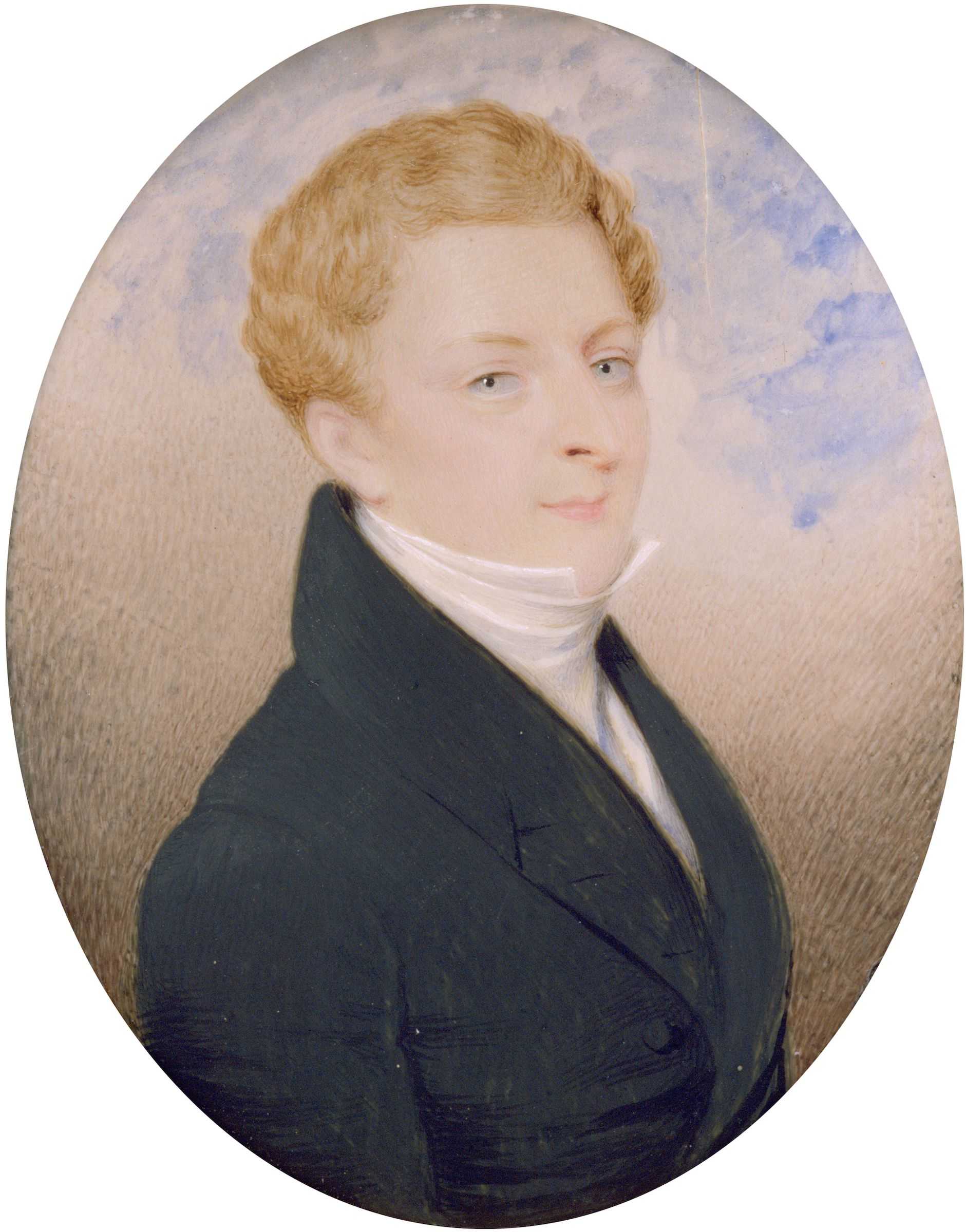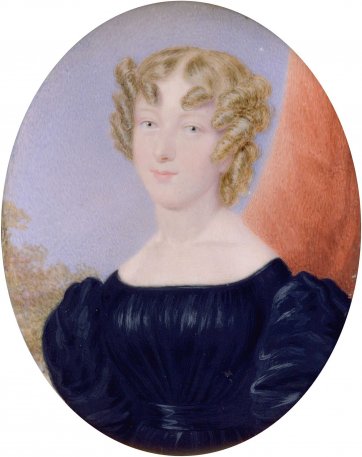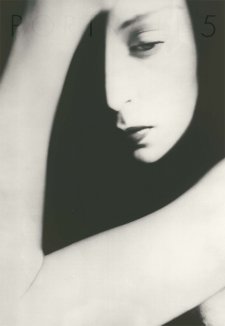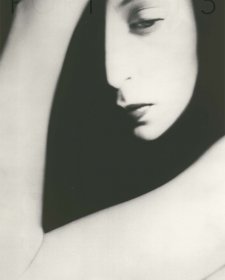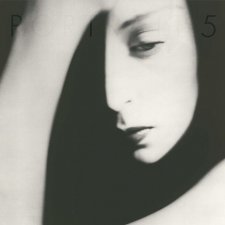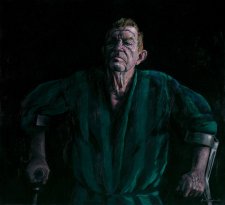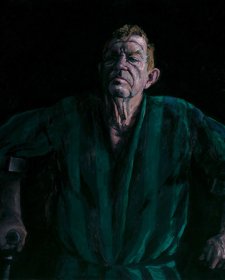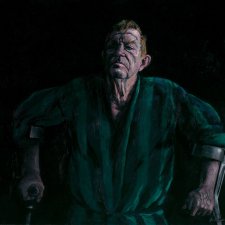The National Portrait Gallery has acquired a pair of charming additions to its collection of colonial portraits. The ivory miniatures by an unknown artist, of Mortimer Lewis and Mrs Lewis c. 1828, are a generous gift from Leo Schofield AM, whose portrait by Brent Harris featured on the cover of Portrait 3.
Mortimer Lewis (1796-1879), surveyor and architect, began his career in London, but was soon appointed to the position of assistant surveyor in the office of the surveyor-general of New South Wales, Thomas Mitchell. He arrived in Sydney in March 1830, with his wife Elizabeth Clements (d. 1879) and their first four children. Lewis's first job was to map the Dividing Range west of Sydney with Mitchell. With Mitchell's endorsement, he became the first Town Surveyor, and again at Mitchell's urging, he replaced Ambrose Hallen as Colonial Architect in 1835.
Lewis was Colonial Architect for fifteen years. His enduring contributions to Sydney's streetscapes include the Treasury Building in Macquarie Street, the Mint building, the Gladesville lunatic asylum, the court-houses of Darlinghurst and Parramatta, Darlinghurst Gaol, and a great many other structures including Customs House at Circular Quay. Over the late 1830s he amassed some seventeen hectares of land around Nelson Bay, including the land on which Bronte House stands. He almost certainly drew the plans for Bronte House, but it appears that only the dining and drawing rooms were erected before the land, and the foundations, were sold to Robert Lowe. It is likely that the house was completed with some features reflecting the taste of Lowe's wife rather than conforming to Lewis's original plan. Lewis later built and briefly occupied Richmond Villa in the Domain, one of Sydney's prettiest old houses in the Gothic revival style.
Lewis resigned as colonial architect pending an official enquiry that was to find that he had misappropriated materials intended for the first Australian Museum. Declared bankrupt, and thus ineligible for further Government service, he was the fourth of the first five Government architects to leave under a cloud. After some years in private practice with his son, Oswald, he died thirteen days before his wife in March 1879.
This is one of only two known images of Lewis; the other is an ambrotype, owned by the State Library of New South Wales. Opinions vary on whether these miniatures were painted in England before the Lewises left for Australia, or are the work of a colonial artist. They are in their original carved and pierced wood, gesso and gilt frames, with original convex glass covers and gilt metal slips. They were retained by the Lewis family until Leo Schofield, the current occupant of Bronte House, purchased them in 1998. They hung in Bronte House until he decided to make them a gift to the National Portrait Gallery.
